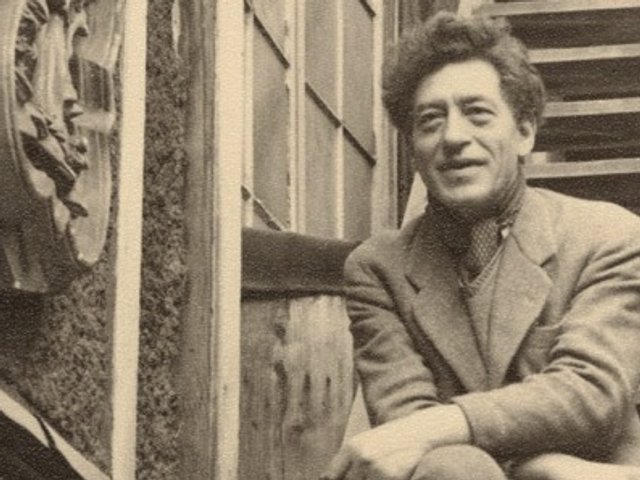A notably overlooked part of Alberto Giacometti’s work is the subject of “Giacometti: the Playing Fields” at the Hamburger Kunsthalle. According to Annabelle Görgen-Lammers, the curator of the exhibition, the Swiss artist’s concept of “sculpture as space” has never been the focus of an exhibition before. “In fact, the Giacometti Foundation itself was curious as to why no one had previously explored this aspect of his work,” she says.
Around 250 works, including drawings, oil paintings, photographs and 120 sculptures from every phase of Giacometti’s career, chart the development of the artist’s interest in what Görgen-Lammers considers to be an early form of land art. “Giacometti had already conceived of land art in the 1930s, long before artists such as Donald Judd did,” she says of Giacometti’s early Surrealist compositions known as “gameboard sculptures”.
These works, including Projet pour une place (project for a square), 1931-32, on loan from the Peggy Guggenheim Collection, Venice, are comprised of carefully arranged elements on a plane that function as miniature models for something much grander. Giacometti intended these sculptural compositions to be built eventually on a large scale and in site-specific, public settings that would allow visitors to engage with the objects and the space between them.
The exhibition continues with Giacometti’s life-size sculptures, which the artist conceived as units to be grouped together into enormous compositions that were never realised in his lifetime. Works, including L’Homme qui marche I, 1961, which was sold for a record-breaking £65m at Sotheby’s London in 2010, have been arranged in the way that Giacometti had originally envisaged. “The idea is to make the art come alive—these sculptures were intended for life. We also decided to [place] them next to works by more recent artists to show just how modern Giacometti’s ideas were,” Görgen-Lammers says.
Meanwhile, “Alberto Giacometti: Encounters” at the nearby Bucerius Kunst Forum delves into the artist’s portraits. Around 44 sculptures, 10 paintings and 65 drawings, created between 1919 and Giacometti’s death in 1966, shed light on the artist’s personal relationships with his sitters, who were part of his close circle of Parisian friends, and his eventual quest to portray the ephemeral qualities of the individual by developing his famous anonymous, elongated and slender figures.
• Alberto Giacometti: the Playing Fields, Hamburger Kunsthalle, Hamburg, 25 January-19 May
• Alberto Giacometti: Encounters,
Bucerius Kunst Forum, Hamburg,
26 January-20 May
Originally appeared in The Art Newspaper as 'Alberto Giacometti as an early land artist'



